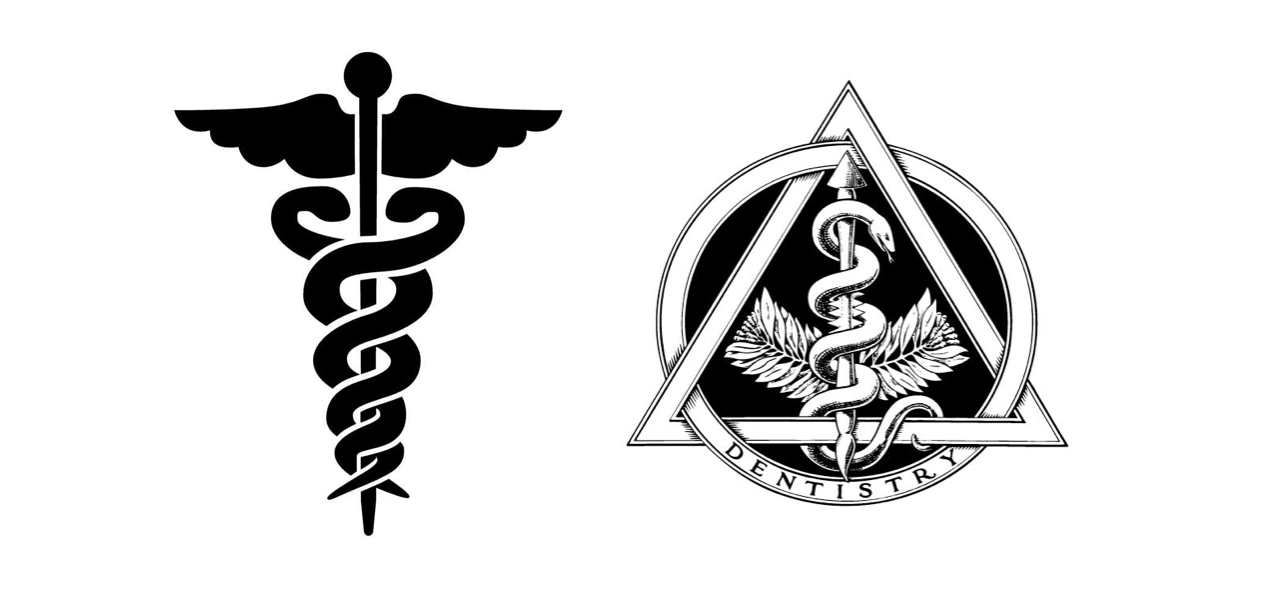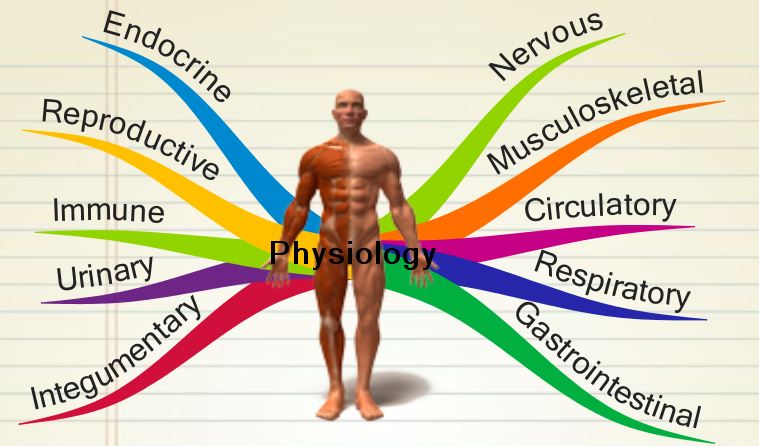
Sleep Disorders and Children
Sleep disordered breathing in children ranges in severity from mouth breathing to snoring to different degrees of airway obstruction. Sleep disordered breathing impacts a child’s ability to obtain the proper amount of oxygen and the proper amount of REM sleep, which are essential for the proper function of the brain, endocrine, and immune systems.
When a child’s snoring or labored breathing is caused by the vibration of the airway against swollen tonsils or adenoids, a consultation with an ear, nose, and throat doctor is appropriate.
When a child’s snoring or labored breathing is caused by a narrow palate, a restricted tongue, or by poor development of the jaws and nasal cavity, functional orthodontic treatment is recommended. A functional orthodontic appliance can reshape and develop a child’s oral cavity and facial structures and also optimize airflow and nasal breathing.
Oxygen deprivation from sleep disordered breathing is being increasingly recognized as a cause of attention and behavior problems and learning and developmental problems. Researchers suggest the hyperactivity associated with ADHD may be a coping mechanism for exhaustion.
Early diagnosis and treatment can prevent a lifetime of sleep disordered breathing problems.














